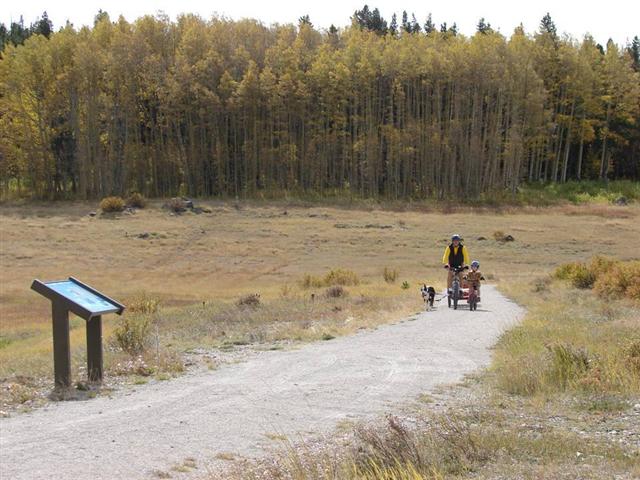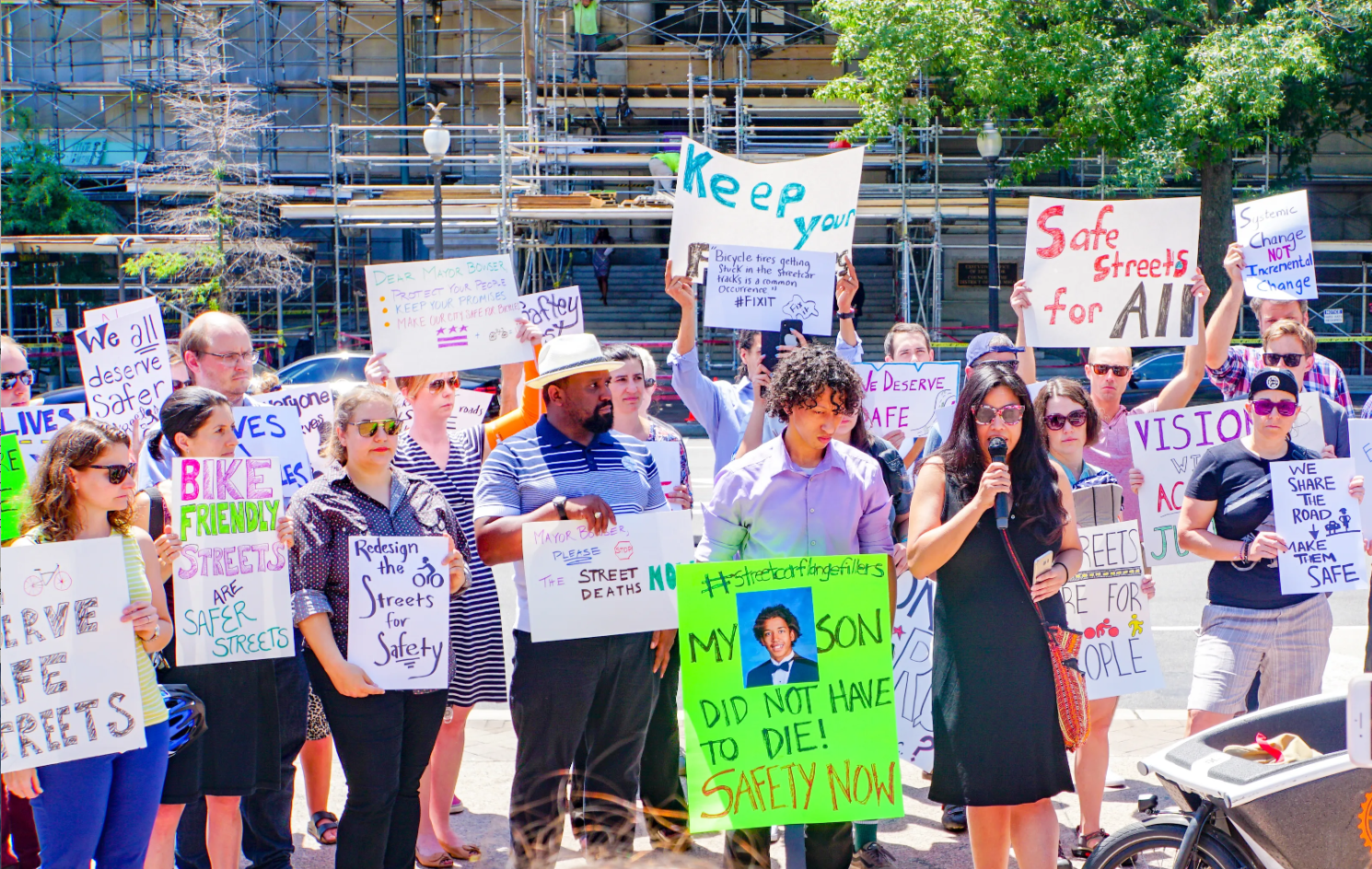For the second time in history, the U.S. Supreme Court has agreed to review a case about rail-trails. At stake is the public ownership claim of hundreds of thousands of miles of right-of-way around railroads, some of which has been converted into multi-use trails.

The Supreme Court will hear the complaint of Wyoming property owner Marvin Brandt, who owns 83 acres along an abandoned Pacific Railroad Company line. According to E&E News, some of the land along the line became part of Medicine Bow-Routt National Forest, and some was privately developed. In 2005, the Forest Service claimed a “reversionary interest" in the land under the 1875 General Railroad Right-of-Way Act, with the intent of building a rail-trail.
To offset the costs of building railroad lines across the country in the 19th century, the U.S. government granted the railroads the right-of-way for the corridors along which they would lay the tracks, but it maintained public ownership rights in case the railroads ever abandoned them -- which they have, all over the country. The U.S. had 254,000 miles of railroad in 1916, down to less than 140,000 today.
“Not only did this ensure that the corridors would remain available for public use, but it also ensured these vital transportation routes would remain in place should rail service become viable or necessary once again” after the railroads abandoned the routes, RTC explains. These corridors have sometimes been converted into highways and, as RTC advocates, rail-trails, giving people an important recreation and transportation link. Not all rail-trails are in the remote plains of the west, either -- some have become key commuter routes in cities and towns.
While the Wyoming tussle over property rights played out, the 21-mile Medicine Bow rail trail was completed -- 30 miles west of Brandt's land. But trail enthusiasts dream of building a connector trail that would link Medicine Bow to other nearby trails, which could go through the disputed area.
Brandt lost his case in a lower court, which sided with the Forest Service, ordering Brandt to turn over the land. But Brandt claims there’s legal precedent on his side. The Supreme Court will decide.
According to the Rails-to-Trails Conservancy, which is filing an amicus brief in the matter, “The case affects more than a century of federal laws and policies protecting the public’s interest in railroad corridors created through public lands – and could have lasting impacts on the future of rail-trails across the country.”
“A win before the Supreme Court would reaffirm the grand vision of our forefathers that explicitly held that these linear public spaces should remain of and for the people,” RTC said. A loss would "threaten rail-trails across America that utilize federally granted rights of way.”
Brandt’s legal representative, William Perry Pendley, says he also hopes the case will set a precedent -- protecting property owners against “a massive, nationwide land grab” by the federal government.
The high court is expected to hear arguments in the case in January.





